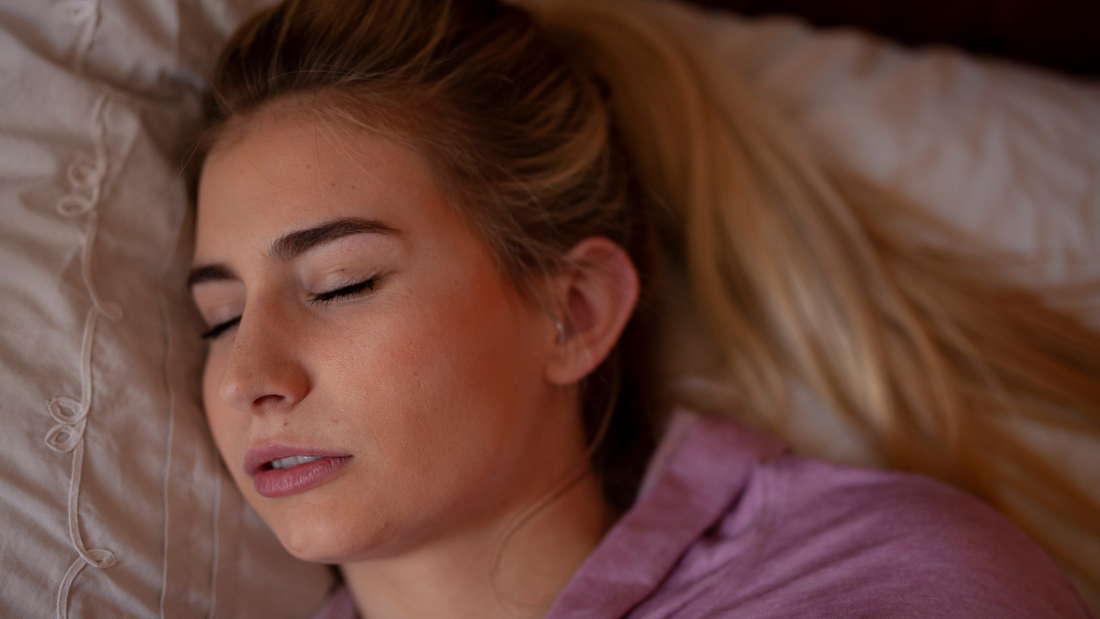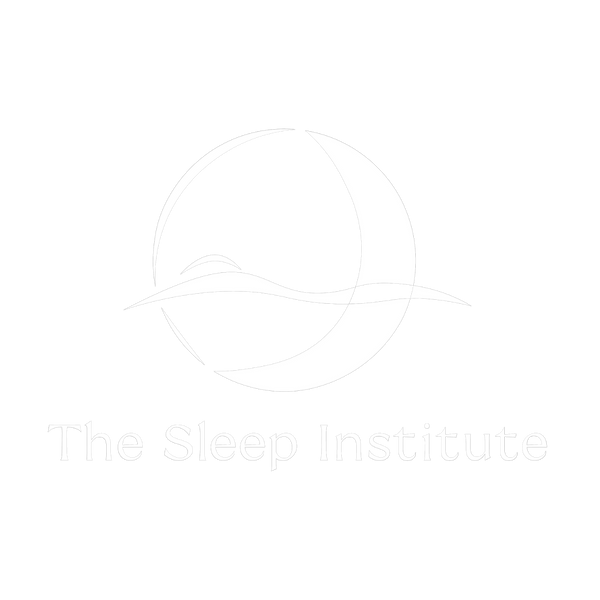
Respiratory Rate While Sleeping: What’s Normal, What’s Not, and Why It Matters
Breathing is one of the most automatic things we do, but when it comes to sleep, your respiratory rate while sleeping can reveal far more about your health than you might think. Monitoring your breathing rate while sleeping isn’t just for sleep scientists or people with chronic illnesses—it's becoming easier to track and more relevant for the average person, especially with the growing availability of wearable tech.
If you’ve ever wondered what your respiratory rate during sleep means, how it connects to issues like sleep apnea, or why your Apple Watch or Oura Ring shows different numbers night to night, you’re not alone. This blog breaks down everything you need to know about respiratory rate sleep patterns, how they fluctuate, and what happens when your numbers seem too high—or too low.
What Is a Normal Respiratory Rate While Sleeping?
Your respiratory rate while sleeping—measured in breaths per minute (brpm)—naturally shifts throughout the night as your body cycles through different sleep stages. On average, healthy adults have a breathing rate during sleep that falls between 12 to 20 brpm. However, this rate isn’t fixed; it changes depending on whether you’re in non-REM or REM sleep.
During non-REM sleep, breathing tends to slow down and become more regular as your metabolism decreases and the body enters deeper stages of rest. In contrast, REM sleep—the stage where vivid dreaming occurs—is marked by increased brain activity, irregular breathing patterns, and often a higher respiratory rate while sleeping. This phase can cause temporary spikes in brpm while sleeping, and it’s not uncommon for breathing to become more shallow or erratic due to the brain’s heightened activity.
If your respiratory rate during sleep consistently exceeds 20 brpm, it could indicate sleep tachypnea, or rapid breathing, which may be linked to underlying conditions like anxiety, fever, or respiratory disorders. On the other end of the spectrum, a persistently low sleeping respiration rate—such as 8 brpm while sleeping or lower—may suggest respiratory suppression, sometimes caused by medications, neurological issues, or undiagnosed sleep apnea.
What Affects Respiratory Rate During Sleep?
There are many factors that influence respiratory rate sleeping patterns. These include:
-
Activity before bed: Intense workouts or stress can lead to a higher breathing rate at night.
-
Position: Your sleep position can impact airflow. For example, sleeping flat on your back may worsen snoring or sleep apnea symptoms.
-
Environment: A warm room or poor air circulation may lead to increased respiratory effort.
-
Medical conditions: People with heart problems or lung conditions may experience an increased respiratory rate while sleeping.
Sleep Apnea and Respiratory Rate
One of the most common reasons for a high respiration rate while sleeping is obstructive sleep apnea. In this condition, the airway collapses temporarily during sleep, disrupting normal breathing patterns. Your body compensates by gasping or increasing your respiratory rate, especially after each apnea episode.
The sleep apnea respiratory rate is often irregular. In fact, many people show sleep apnea breaths per minute that spike and fall drastically throughout the night. This can result in:
-
Interrupted REM sleep
-
Reduced oxygen levels
-
Increased heart rate
-
Daytime fatigue
Tracking apnea respiratory rate is a growing area of interest in sleep medicine. Devices like the Apple Watch, Garmin, and Oura ring now include sensors to track brpm sleep and can help identify if something’s off.

Technology and Tracking: Can You Trust Your Devices?
Wearables have come a long way. Devices like the Apple Watch respiratory rate accuracy report relatively consistent tracking, though not quite as precise as medical-grade equipment. The Oura ring, for example, measures respiratory rate while asleep using sensors that detect blood flow and pulse. Many users find its data reliable for tracking trends like higher respiratory rate while sleeping during illness.
Garmin respiration tracking is another popular feature that helps athletes and wellness enthusiasts monitor not just activity levels, but also respiratory sleep rate and heart rate during rest.
Common nightly averages include:
-
8 brpm while sleeping (can be normal for very relaxed individuals)
-
9 brpm while sleeping (on the low end of normal)
-
Anything above 20 brpm could suggest sleep tachypnea or other issues
When to Be Concerned About Breathing Rate at Night
If your breathing rate during sleep is consistently high (above 20 brpm), or low (below 8 brpm), it may be time to speak with a healthcare provider. Some potential causes of abnormal respiratory rates include:
-
Sleep apnea
-
Anxiety disorders
-
Chronic obstructive pulmonary disease (COPD)
-
Asthma
-
Medication side effects
Tachypnea during sleep, or rapid breathing, might go unnoticed without wearable tech—but it can be a sign of poor respiratory quality while sleeping. This is especially true if you're also dealing with insomnia, frequent nighttime awakenings, or early morning headaches.
Improving Respiratory Rate While Sleeping
If you’re worried about your increased breathing rate during sleep, the first step is identifying potential causes. Here are some helpful tips to optimize your respiratory sleep rate and overall sleep quality:
-
Treat underlying conditions: If you suspect sleep apnea, schedule a sleep study.
-
Monitor with devices: Use wearables like the Apple Watch, Garmin, or Oura to track trends.
-
Focus on sleep hygiene: Keep a consistent bedtime, reduce screen time before sleep, and avoid caffeine in the evening.
-
Optimize sleeping position: Some people benefit from side-sleeping, which can open airways and improve breathing.
-
Improve air quality: Use a humidifier or air purifier in the bedroom.
Final Thoughts: Why Respiratory Rate While Sleeping Matters
Understanding your respiratory rate while sleeping offers powerful insight into your health. Abnormal brpm while sleeping, whether high or low, can point to hidden issues like obstructive sleep apnea, anxiety, or cardiovascular problems. With modern wearables offering increasingly accurate data, there’s no reason to overlook this important metric.
If your respiratory rate sleep pattern raises concerns, especially in combination with snoring, gasping, or frequent awakenings, it’s worth consulting a sleep specialist. Healthy breathing patterns during sleep are foundational to restorative rest, so keeping an eye on your sleeping respiration rate could be the key to waking up truly refreshed.
